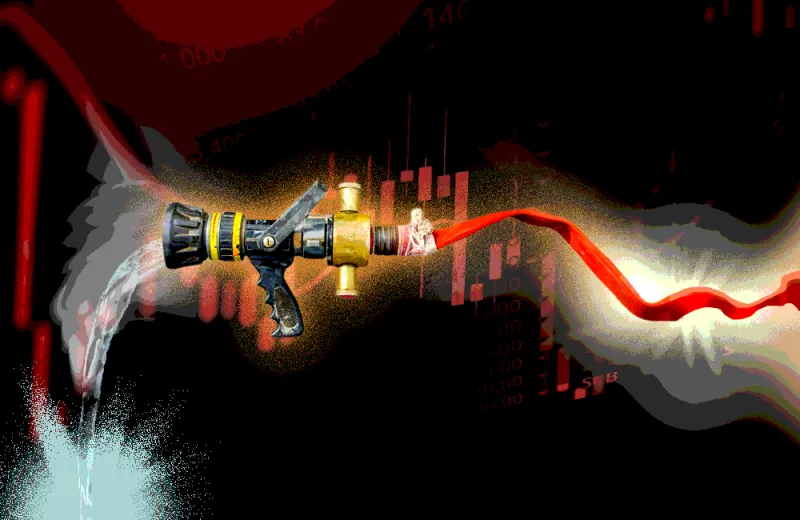Late-stage venture capital investors were already battling a deteriorating exit environment — and the aftermath of the banking crisis triggered by the Silicon Valley Bank collapse has thrown another wrench in the works.
According to the latest venture capital report by PitchBook, the value of late-stage VC deals, which involve companies that are at least five years old or those that have raised a Series C round, dropped to $11.6 billion in the first quarter, down from $13.5 billion the quarter before. It was the seventh consecutive quarter in which late-stage deal values declined. The number of mega-round deals, which are those priced above $50 million, also declined, from 98 in the first quarter of 2022 to 19 in the first quarter of 2023.
The pricing of late-stage companies also dropped in the first quarter, with the median valuation falling 16.9 percent from the median of $54 million in 2022. The average valuation fell by more than $100 million to $159.1 million, according to the report.
The collapse of Silicon Valley Bank in March will likely mean an even gloomier future for late-stage companies, according to Vincent Harrison, venture capital analyst at PitchBook. This is because over 70 percent of deal value in the first quarter involved nontraditional investors, which includes corporate venture capitalists, asset managers, and sovereign wealth funds. These nontraditional investors will be more likely to pull back from VC investments after the fall of SVB, according to Harrison.
“[Nontraditional investors] have the propensity to invest in later-stage, more mature startups, [which] have demonstrated a more established product market and a robust business model,” Harrison said. He added that because nontraditional investors have adopted a more conservative investment strategy, “they’re often the first to exit any time there’s an economic downturn.”
According to the PitchBook VC Dealmaking Indicator, the ratio of capital demanded by late-stage companies and capital supplied by VC firms reached 3.2 in the first quarter. “That means that for every dollar available to late-stage startups, [an estimated] $3.20 [in] capital is demanded,” Harrison explained. “That’s the highest on record.” The ratio was only 0.9 in the first quarter of 2022, which means that there was more supply than demand for capital in the late-stage VC market a year ago.
“It’s going to make the prospect of fundraising a lot more difficult,” Harrison said. “The scarcity of capital availability is going to be tough, particularly for late-stage startups, to navigate.”







